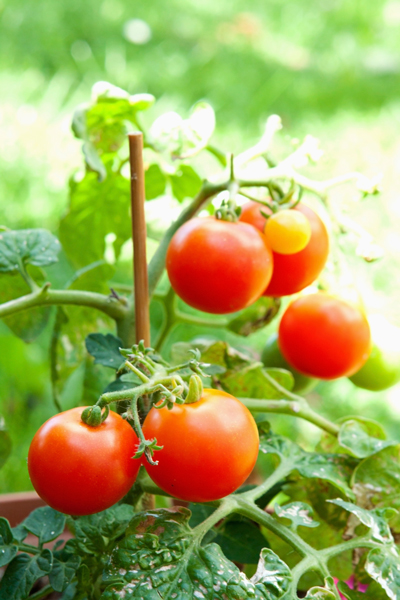Top 7 Tips To Turn Your Black Thumb Green
Index
Let’s face it – growing your own vegies is confusing, expensive and more often than not doomed to failure.

Who hasn’t seen their prized cucumbers succumb to rot, their baby tomatoes fail to fruit or carrots grow no bigger than a pinky? But when something in your garden grows, survives and thrives there is a sense of pride that can’t be beaten. On top of that the benefits of gardening for your kids and your environment are second to none. Here is our guide to how to turn your black thumb green.
Location, location, location
As most vegetables need full sun, find a place that gets about six hours a day, and as close to the house as possible. Having it close to your living space will ensure that you visit it regularly and you’ll be constantly checking for weeds, bugs and watering needs. If it’s hidden away in the back of the yard you’ll forget it. Really.
Start small
What are your favourite vegies? Pick one or two, for both summer and winter, and leave it at that. Our pick would be tomatoes and lettuce in summer and spinach and garlic for the winter, and that’s about it. Find out what grows well in your area and climate by asking your neighbours or getting advice from the local nursery. Keeping it small initially will limit the costs, and after you’ve had a bit of success with this year’s crop, you can be more adventurous next year.
Use a raised bed
Clean soil with no clumps, no weeds, great drainage, no sore backs from digging – what’s not to like? You can easily find raised bed kits at your local hardware store – these can be anything from treated pine to corrugated iron. The slim-line corrugated iron variety would be perfect for a sunny apartment balcony, while a timber bed would look great in a group of four as you get more confident and adventurous with your planting.
Know the basics
Basic plant care involves knowing the needs of your plant – how much sunlight and how much watering – plus how to make your soil more fertile. Remember – the internet is every amateur’s best friend. You can find YouTube clips on everything from building a raised bed, to making preserves with your crop, and there are written guides to all aspects of gardening, from planting and pest control to pruning. Make sure you use Australian sites to get the best advice for your part of the world.
Have a watering plan
This is crucial. Vegetables require a crazy amount of water. One of the advantages to siting the bed close to your living area is that you won’t have to walk miles away to water, and also you’ll also be more likely to remember to do it. In our tough dry climate you might need to water a couple of times a day in the hottest part of the year. The best form of watering is via a soaker hose, buried under the soil. This allows the water to go straight to the roots – no wasteful run-off. Plus it stops the chance of plants developing leaf rot, which can happen if their leaves get too wet. An underground soaker hose is easy to include before you add the soil in your raised bed. If you add an automatic timer to your soaker hose you can schedule in watering at the optimum times – early morning or dusk.
Mulch
Mulching helps to preserve moisture in the soil, and helps guard against weeds. As well, it gradually breaks down, adding nutrients to the soil. Choose fine mulch such as lucerne hay, or pea straw, mushroom mulch or garden compost. Some mulches will draw nutrients from the soil as they break down, so consider sprinkling some manure down before you layer on the mulch.
Be patient
No matter the effort that you put into something, it won’t always work out. Mother Nature is like that. Unreliable. Which is why gardeners are so proud of their successes when they happen, and you will be too. That lettuce you eat all summer will be the best lettuce you’ve ever eaten and you’ll never want to eat a supermarket tomato again. But every season there will be successes and failures and every year you will learn something new. Be patient, enjoy the process, and celebrate the fruits of your efforts.
For more information, contact your local garden centre for a guide to the best soils and plants for your garden. Yellow Pages has nearly 3000 nurseries listed around Australia, so you’ll be sure to find some local advice.
